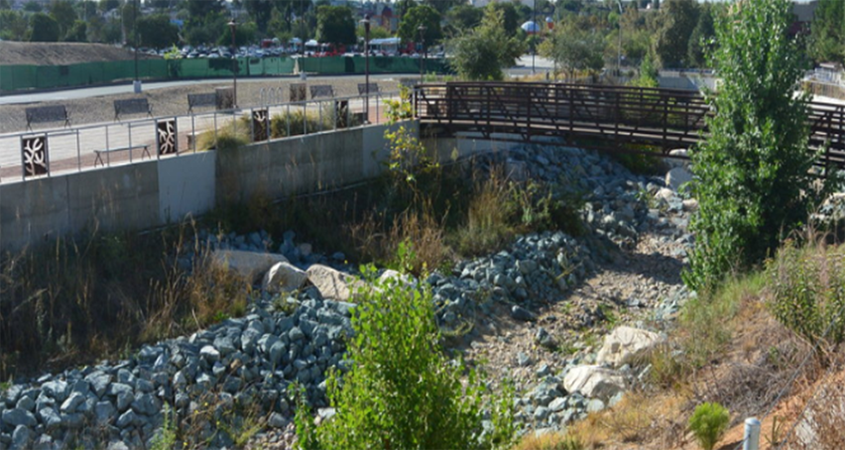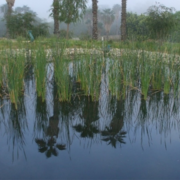Since 2005, the San Diego Integrated Regional Water Management Program has supported and funded water conservation, water quality and resource projects throughout San Diego County.
Program partners, including staff of the San Diego County Water Authority and its 24 member agencies, the California Department of Water Resources, and regional water industry leaders, met at the Water Conservation Garden at Cuyamaca College Monday to celebrate 15 years of achievements.
The program facilitates collaboration on water resources planning and projects in the region by water retailers, wastewater agencies, stormwater and flood managers, watershed groups, the business community, tribes, agriculture, and nonprofit stakeholders.
Collaboration improves regional water quality
Projects supported and funded by the program, or IRWM, have increased long-term water supply reliability, improved water quality, created wetlands and increased local water supply sources. Funding for the IRWM projects is provided from several propositions approved by voters and administered through the California DWR.
“Since it started, the Water Authority has been a strong supporter of the IRWM, partnering with the City and County of San Diego to develop the program,” said Water Authority General Manager Sandra L. Kerl, in a keynote address at the Monday meeting. “Bringing diverse stakeholders together through collaboration funds water reliability projects throughout the San Diego region.”
The collaboration has resulted in improved water supply reliability through the successful funding of conservation, water reuse, and other supply projects throughout the region, she said.
Another benefit of collaborating through the program is it brings traditionally underrepresented communities to the table to have projects funded.
Environmental health and safety, open space
The San Diego IRWM program has helped fund 25 projects in disadvantaged and underrepresented communities supporting the improvement of water reliability and water reliability in all parts of the region.
A project in Encanto to improve Chollas Creek was funded under the IRWM Program and sponsored by the Jacobs Center for Neighborhood Innovations Project.
The restoration of Chollas Creek was intended to improve environmental health and safety, surface water quality, and availability of green open space for Encanto, a disadvantaged urban community in San Diego.

A project in Encanto to improve Chollas Creek was funded under the IRWM Program. Photo: Jacobs Center for Neighborhood Innovations Project
Wetlands, educational opportunities
Another project funded under the IRWM program, created wetlands to improve water quality at the San Diego Wild Animal Park. The biofiltration wetland project, sponsored by the San Diego Zoo Global, has also served to educate thousands of students, teachers, and park visitors through various programs.
The IRWM continues to identify opportunities to fund projects to bring multiple benefits to the region.
The program is included in California’s draft Water Resilience Portfolio, released in January. Three state agencies created the portfolio, which proposes recommended actions to help California cope with more extreme droughts and floods, rising temperatures, declining fish populations, aging infrastructure and other challenges.
Several state officials visited San Diego County on July 18, 2019 to assess the region’s water projects as part of their role in developing a water portfolio strategy for the state.





